Yellow cedar in British Columbia
John Russell and Jodie Krakowski, New Zealand Tree Grower February 2010.
Yellow cedar or Alaska cypress, Chamaecyparis nootkatensis, has long been valued by North American coastal indigenous people as a source of fibre for mats, baskets and clothing. It is also a durable wood ideal for carving implements and building homes along the wet west coast.
A legend tells us of three sisters. Tradition prevented people from climbing a local mountain, but edible mushrooms and berries grew on the slopes, so while the elders were not paying attention, the sisters ascended to gather them. Inevitably, they were caught and spirits turned them into a grove of three lovely yellow cedar trees on the mid-slope of the mountain, where these trees are most common today. Their iridescent straight black hair became the shiny foliage, and their woven clothes became the fibrous bark.
Old growth yellow cedar stand
This species is typically montane, occurring mostly in north facing cirques above 1,700 metres at its southern limit in California, but northern populations in British Columbia and Alaska extend down to sea level. It can grow in pure stands, which are extremely valuable for old growth logs, but more commonly occurs in mixed stands.
Yellow cedar tolerates a broad range of environmental conditions, but is especially adapted to snowy winters with its flexible branches and flat foliage. It can grow in seasonally flooded to well drained areas, and poor bogs to rich sites. The best performance is on well drained to moderately drained, richer forests with deep mineral soils, and also on calcium and magnesium rich soils weathered from limestone and dolomite.
Much the same
Despite its relatively broad ecological and latitudinal distribution, yellow cedar is an adaptive generalist. Tests have found that although populations differ in variation for adaptive traits, most show no or very weak patterns with geography or climate. Family and clonal trials show similar results. The entire coastal region of British Columbia is therefore managed as one large seed zone where elite planting stock transfer is allowed.
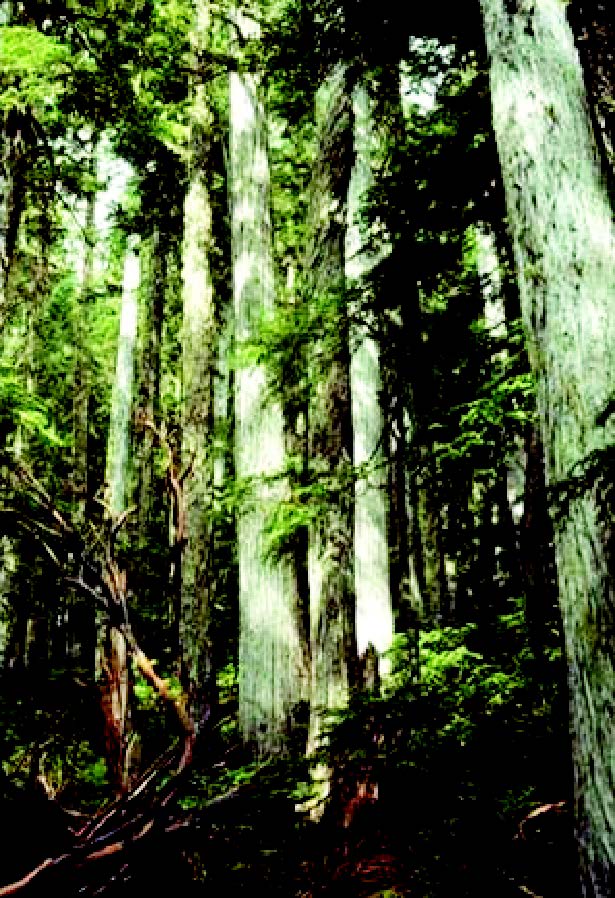
Yellow cedar can regenerate vegetatively by layering, or sexually in a three-year cycle of pollen and seed production after trees typically reach age 20 to 25. However, in natural stands viable seed production is generally poor. Studies show that pollen and seed viability along with production are the best in high elevation sites with cold winters and short, cool summers, preferably with summer fog. Drought and heat stress the pollen as the live grains respire. The cool montane climates are also more likely to have suitable conditions for embryo and seed development during the long maturation period.
Current markets
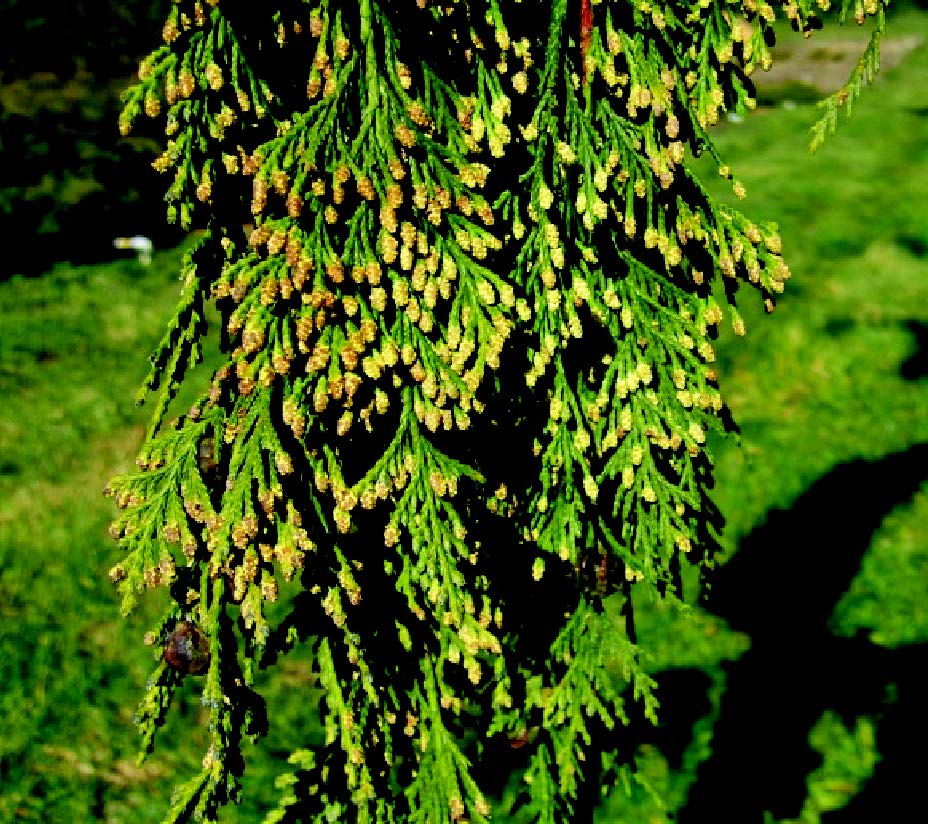
Yellow cedar fills a niche market for high value specialty products where wood durability, grain and colour are important. After native hinoki became scarce, Japanese temple construction has incorporated the closely related yellow cedar for poles, gables and trim. Local markets use yellow cedar for stadium seats, siding, decking, windows and exterior poles for post-and-beam style houses. Carvers also prefer the butter-coloured, easily worked, long-lasting wood. Currently the market pays a premium for clear old growth logs which have tight grain and a high proportion of heartwood. As forest harvesting has moved to higher elevations and more remote locations to maintain fibre supply, helicopter logging and single-tree selection are common where markets allow operators to target high value logs.
Reforestation and regeneration
Approximately 95 per cent of British Columbia’s forest lands are owned by the provincial government and licences of varying duration are held by companies for commercial harvesting. Legislation means that operators have to promptly reforest all harvested areas with prescribed densities of native species that are ecologically suited to the site. They also have to monitor or enhance the regeneration until it has grown past competing vegetation, has good survival and is healthy.
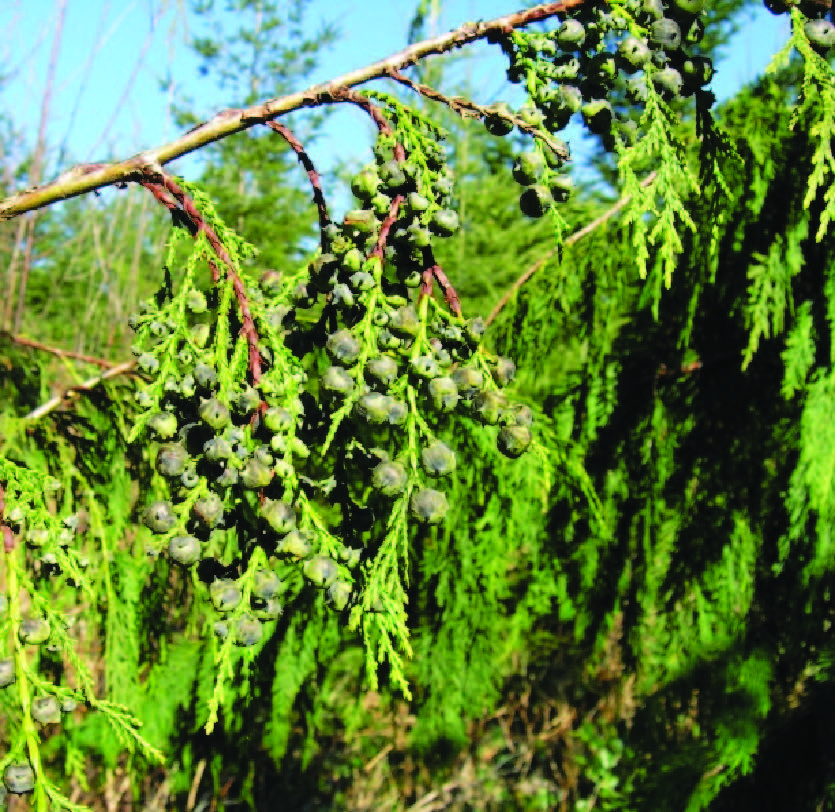
Seed used for reforestation must be genetically well-adapted to the site environment by following seed transfer regulations and have a minimum effective population size to ensure genetic diversity. The poor reproductive capacity of natural stands highlighted the need for an alternative way to produce reforestation material to meet the demand of up to 1.5 million plants a year.
Nursery planting stock programme
Yellow cedar parent trees were selected throughout the species range by the British Columbia Forest Service and established in orchards in the 1980s. Unfortunately these orchards failed because of low pollen viability as coastal orchards in British Columbia are in warm, dry sites that are the exact opposite conditions suitable for seed production. This prompted the development of a vegetative propagation programme in 1995 to produce rooted cuttings from seedling cutting donors.
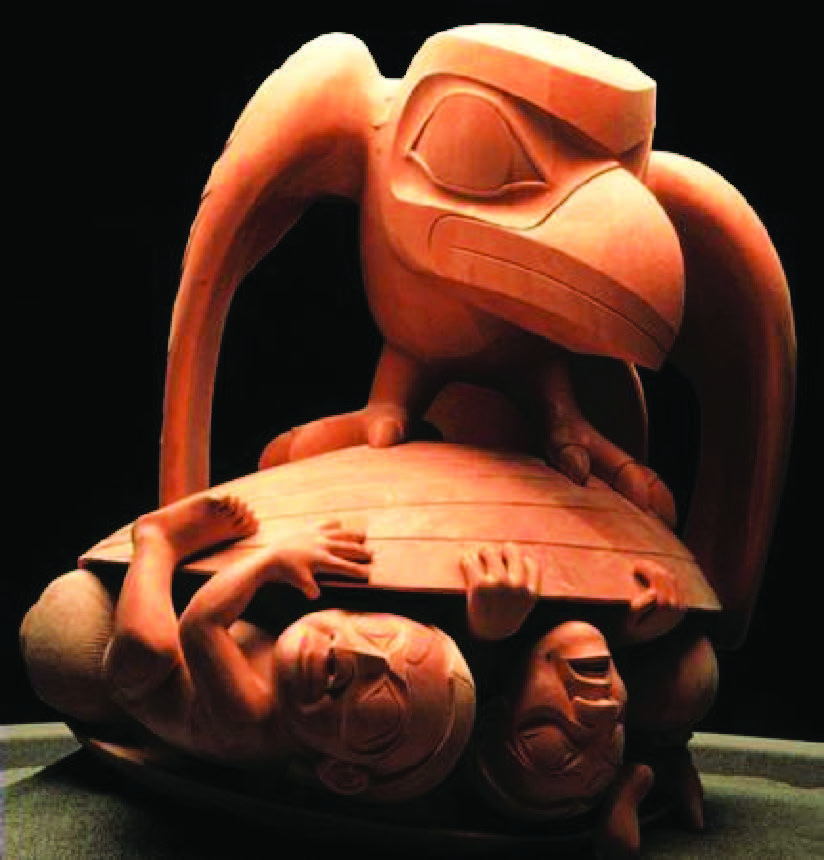
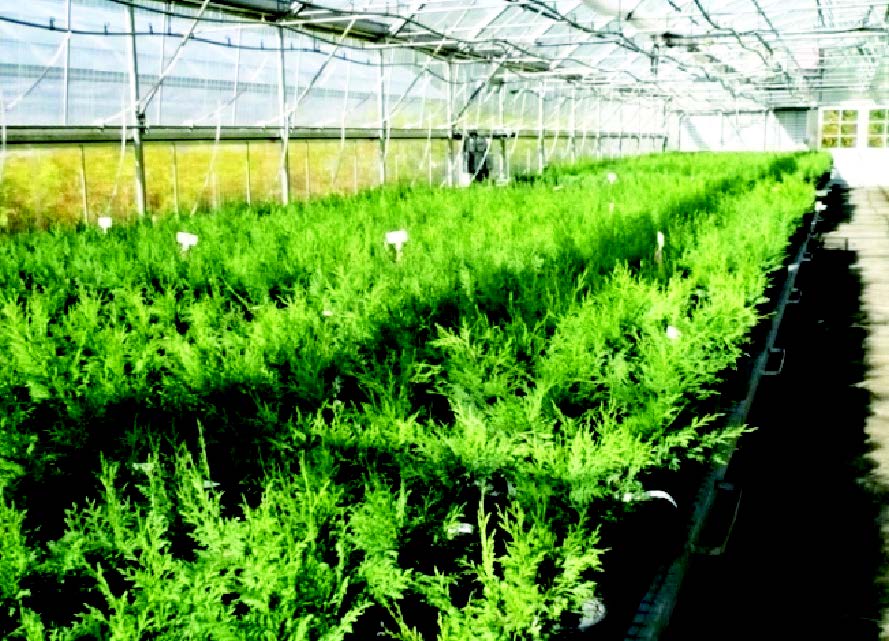
This was a logical next step in obtaining planting stock for reforestation – emulating what is successful in the wild. Yellow cedar typically grows on steep slopes, where avalanches and rock slides are common. After such a catastrophic event wipes out a mature stand, yellow cedar can regenerate prolifically by branch layering, a natural form of vegetative propagation.
Research
Years of research by the British Columbia Forest Service and academic partners, and operational experience resulted in an efficient vegetative propagation system. This maintains juvenility and health of donor stock and streamlines the availability of newly rooted cuttings into the seedling greenhouses.
Maintaining donor stock juvenility is critical for a successful rooted cutting programme. Cloned juvenile seedlings are pruned annually and propagated approximately every four years. Careful management of the watering and nutrition ensures donors and subsequent cuttings are healthy when they are set. Cutting donors are grown in greenhouses to manipulate conditions in a better manner.
Rooted cutting production has to be integrated with one-year-old seedling production, which represents over 99 per cent of the 250 million greenhouse-grown annual planting stock. To achieve this, cuttings are set in Styroblock containers in a specialized rooting environment with bottom heat and overhead misting. After a few months when roots have developed, they can be grown in the same greenhouse environment as seedlings. As with all biological systems, variation in clonal donor quality, ageing and year-to-year nursery conditions cause variation in overall rooting and shippable success rates. A 75 per cent to 80 per cent success rate is needed for a viable operation.
Developing elite populations
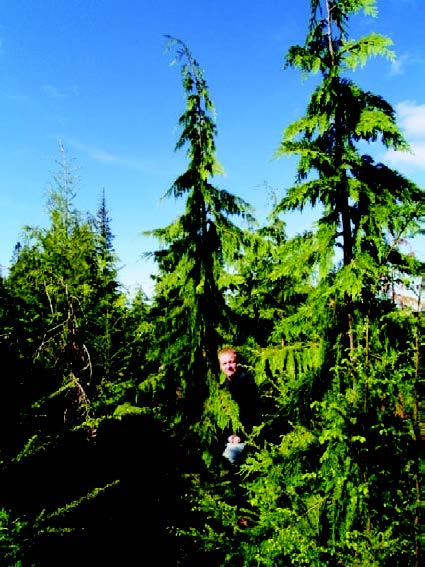
We have developed a clonal programme for yellow cedar genetic improvement using multiple site testing of 5,000 clones and maintaining all tested clones in a hedge orchard. Key components included taking cuttings from one-year-old seedlings and maintaining juvenility with annual pruning, in addition to serial propagation of the hedge orchard.
Form is also very important in elite clonal selections as yellow cedar tends to develop multiple leaders, a trait that is under high genetic control. Currently we are using clonal lots with a gain of over 20 per cent volume at rotation. Regardless of high clonal genetic values for selected growth and form, some clones do not propagate adequately in the nursery. We screen selected clones on a regular basis for rootability and stock quality, and remove poor performers from the mix.
Advanced generation breeding
Advanced generation breeding includes elite clones selected for growth and form that will also be tested for heartwood durability. Essential oils in the heartwood of yellow cedar associated with durability, also common to macrocarpa and lusitanica, have shown considerable tree-to-tree variation.
An important research component was the development of orchard siting for viable seed production. Establishing seed orchards in environments that favour reproduction will accelerate the future use of elite seedlots as an alternative to relying on clones. Although gains from seed orchards are less than those from clones, costs associated with developing a new set of advanced generation clones may require a more conservative seedling approach for a minor species such as yellow cedar.
Emerging directions in cypress breeding
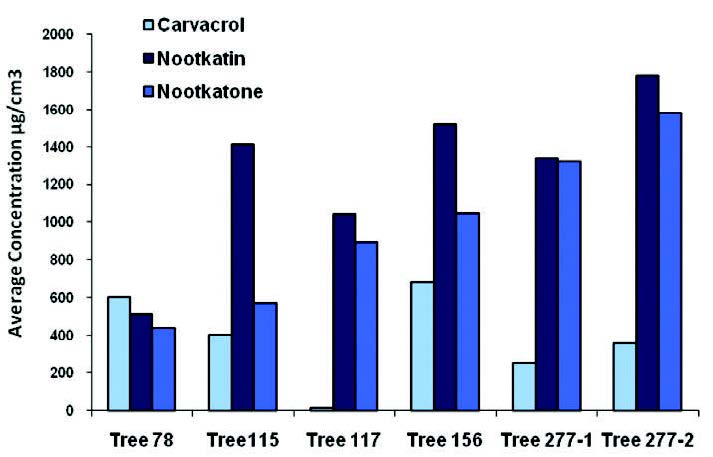
Species of interest for cross-species hybridisation include lusitanica and macrocarpa, both popular alternatives to radiata pine here in New Zealand. Potential benefits for hybrids in British Columbia include improved growth as well as future adaptation to increasingly warmer climates. In New Zealand, there are many potential benefits associated with incorporating yellow cedar genes into macrocarpa and lusitanica.
Continued collaboration with industry and academic partners is the key to the success of this programme. Expanding our capacity for research produces material with the most desirable traits and highest gain. Making sure that operational foresters are involved in our programmes spurs interest in regenerating forests with a component of yellow cedar that will provide value for the future.
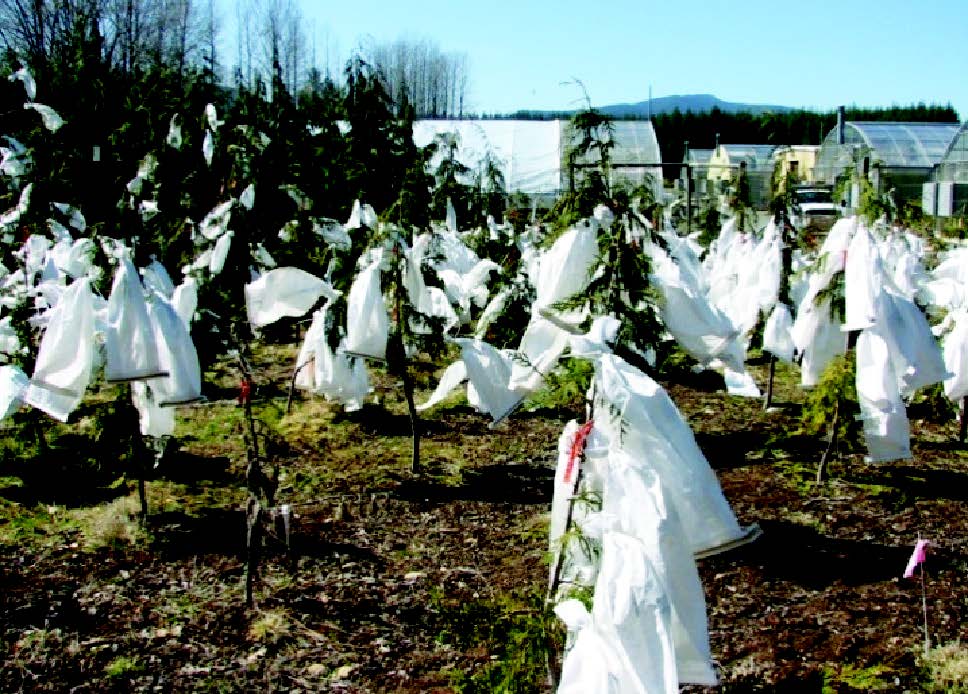

 Farm Forestry New Zealand
Farm Forestry New Zealand